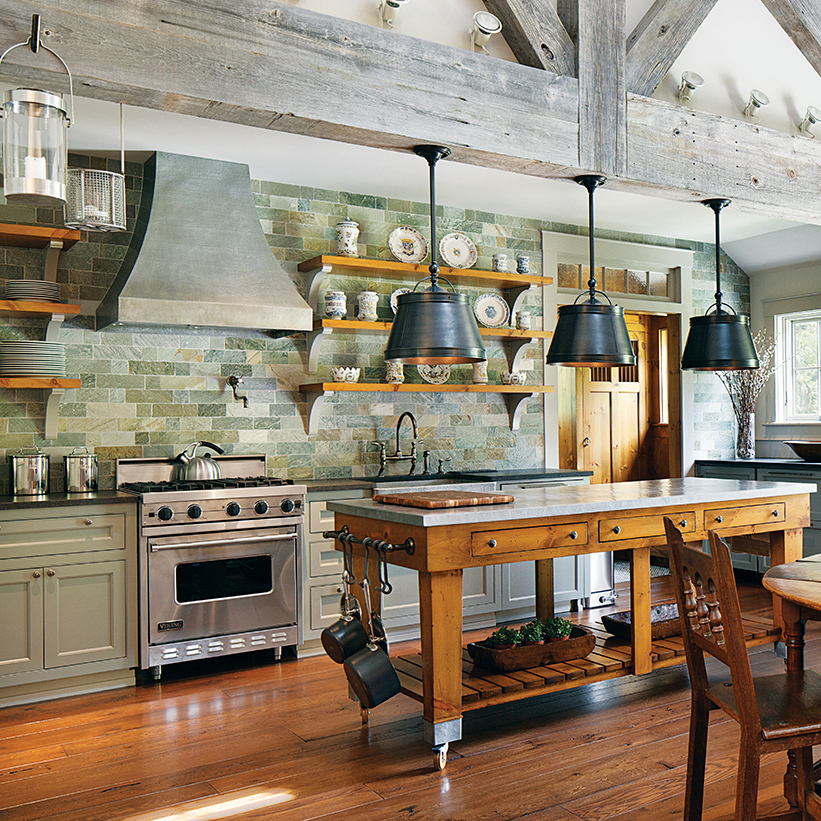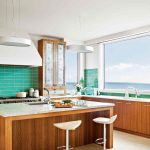Introduction
Green ribbed glass is a type of decorative glass that has been around for over a century. It was popularized in the Art Nouveau period and has remained a favorite among designers and collectors ever since. In this article, we will explore the history, characteristics, and uses of green ribbed glass.
History
Green ribbed glass was first produced in the late 1800s in Europe. It was made using a technique called ribbing, which involved pressing molten glass between ribbed rollers. This created vertical ridges on the surface of the glass, which helped to diffuse light and create a decorative effect.
In the early 1900s, green ribbed glass became popularized in the Art Nouveau movement. Art Nouveau was a design style that was characterized by organic forms and decorative elements that took inspiration from nature. The ribbed texture of the glass complemented this aesthetic perfectly, and it was often used in lamps, vases, and other decorative objects.
During the mid-20th century, green ribbed glass fell out of favor as design trends shifted towards more minimalist and industrial styles. However, it experienced a revival in the 1990s as vintage and retro styles became popular again. Today, green ribbed glass is a sought-after material for designers and collectors.
Characteristics
Green ribbed glass has a number of unique characteristics that make it distinct from other types of glass. Some of these include:
Color
As the name suggests, green ribbed glass is green in color. The shade of green can vary from a pale, almost clear green to a deep, emerald green. The glass can appear different shades depending on the lighting conditions and the thickness of the glass.
Texture
The ribbed texture of the glass is perhaps its most defining characteristic. The ridges can be subtle or pronounced, depending on the intensity of the roller pressure used to create them. The texture creates an optical effect that can distort the appearance of whatever is viewed through the glass.
Transparency
Green ribbed glass is not completely transparent. The ridges on the surface of the glass diffuse light, creating a softer, more diffused appearance. This can be useful for creating mood lighting or for obscuring the view through a window.
Uses
Green ribbed glass can be used in a variety of ways in interior design. Here are a few examples:
Lampshades
Green ribbed glass lampshades are a classic use of the material. The texture of the glass diffuses the light, creating a warm and inviting atmosphere. The green color of the glass adds a pop of color to an otherwise neutral room.
Vases
Green ribbed glass vases can add a touch of vintage charm to a room. They can be used to hold fresh flowers or simply as a decorative object.
Windows
Green ribbed glass can be used in windows to obscure the view while still allowing light to pass through. It can be particularly effective in bathrooms or other areas where privacy is desired.



